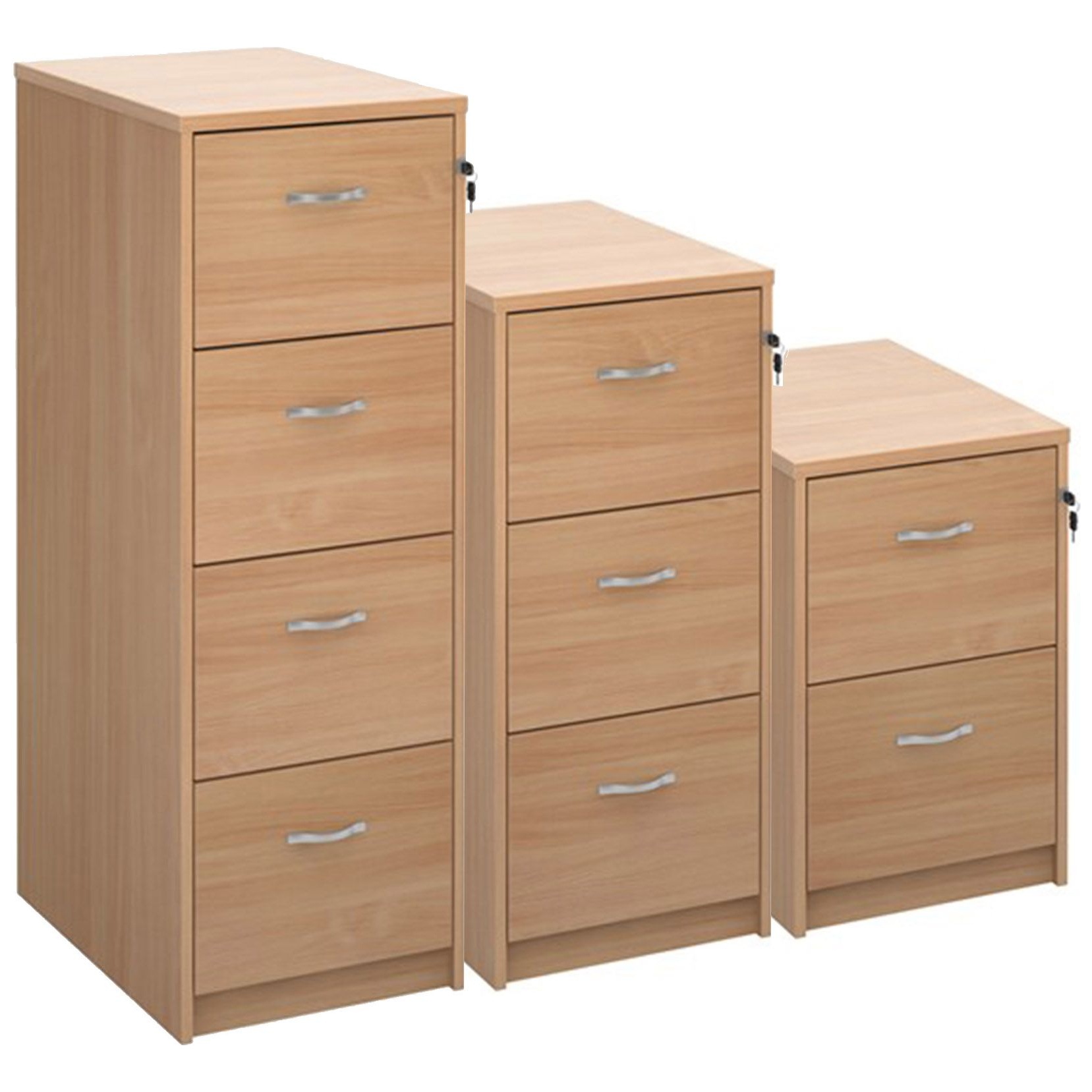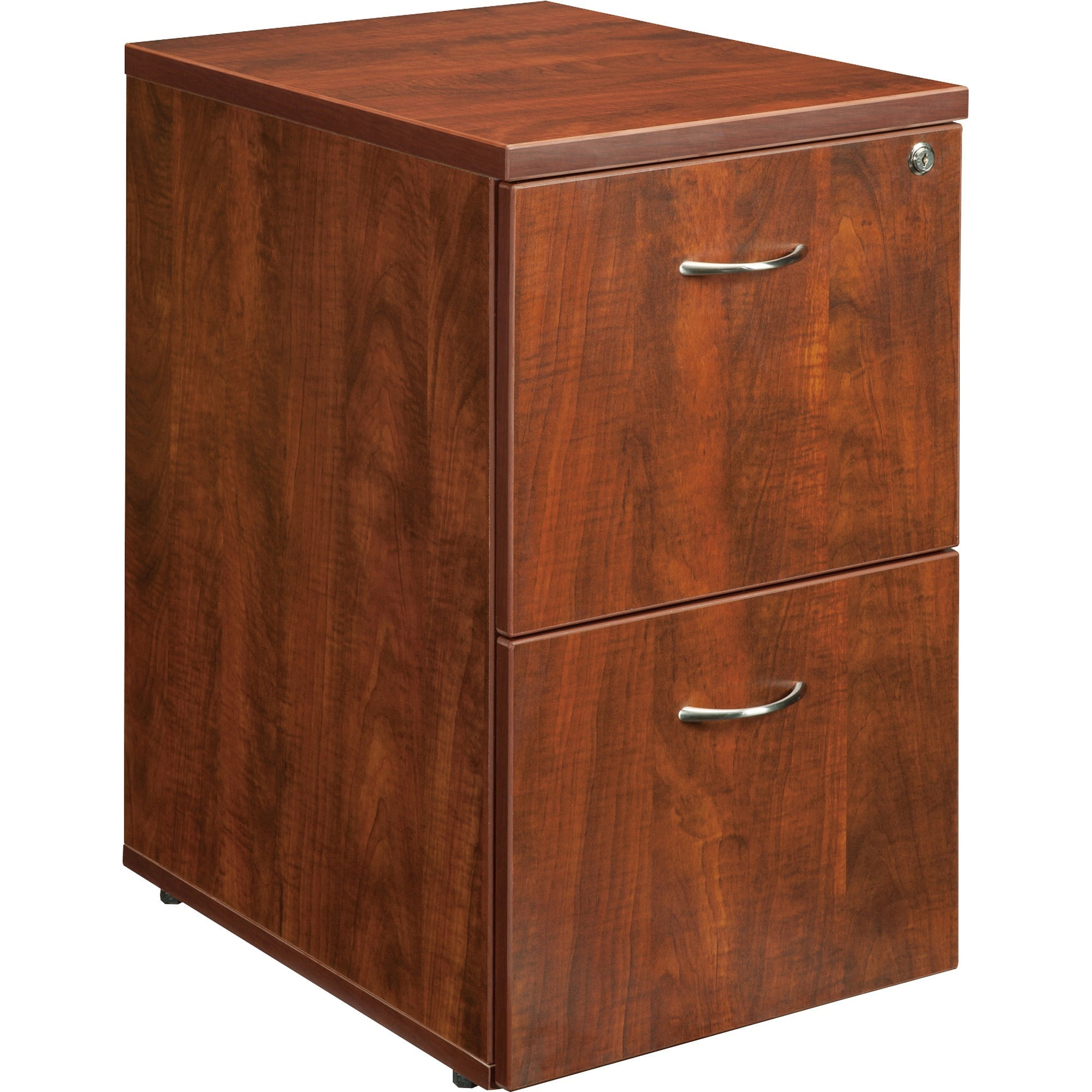Features and Benefits of Wood File Cabinets: Wood File Cabinet With Drawers

Aduh, guys, let’s be honest, a metal filing cabinet is, like, *so* last decade. We’re talking serious style upgrade here. Wood file cabinets bring a whole new level of *kekinian* to your workspace, making your office look less like a sterile dentist’s waiting room and more like a, well, *stylish* office. Think warm, inviting vibes, not cold, hard metal.
Aesthetic Appeal of Wood File Cabinets, Wood file cabinet with drawers
Picture this: a rich, dark mahogany file cabinet, maybe with subtle brass hardware, gleaming under the office lighting. Or perhaps a lighter oak, giving a brighter, more airy feel to the room. The grain of the wood is visible, adding texture and depth, a far cry from the bland uniformity of metal. It’s not just about functionality, it’s about adding character and personality to your space. A wood file cabinet becomes a piece of furniture, not just a storage unit. You can even imagine it perfectly complementing a vintage desk or a modern minimalist setup—the versatility is *mantap*.
Advantages of Wood Over Metal or Plastic
Okay, so we’ve established that wood looks *jauh lebih kece*, but what about the practical stuff? Well, wood offers a unique blend of durability, environmental responsibility, and aesthetic charm that its metal and plastic counterparts often lack. Wood, especially hardwoods, is surprisingly tough. A well-made wooden file cabinet can last for decades, even generations, with proper care. Metal can dent and rust, while plastic can crack and fade. Plus, sustainably sourced wood is a more environmentally friendly option compared to the energy-intensive production of metal and the often non-biodegradable nature of plastic. The natural beauty of wood also adds a touch of warmth and sophistication that simply can’t be replicated by other materials. It’s a win-win-win situation, *gimana ga seneng?*
Material Comparison Table
| Material | Durability | Environmental Impact | Aesthetic Appeal |
|---|---|---|---|
| Wood | High (with proper care); can last for decades. Scratches can be repaired or sanded | Moderate (depending on sourcing; sustainably sourced wood is preferable) | High; adds warmth, texture, and character to a space; versatile style |
| Metal | Moderate; prone to dents and rust; can be heavy and difficult to move | High; energy-intensive production; often requires significant resources for manufacturing | Low; generally lacks warmth and character; can appear sterile |
| Plastic | Low; prone to cracking and fading; generally less durable than wood or metal | High; often non-biodegradable; derived from petroleum products | Low; limited aesthetic appeal; can appear cheap and flimsy |
Buying Guide and Considerations

Nah, so you’re finally ready to snag that sweet wood file cabinet, huh? Good on ya! But before you go splashing your cash, let’s make sure you get the perfect one for your needs. Think of this as your ultimate guide to avoid any major *kecewa* (disappointment) later on.
Choosing the right wood file cabinet is like picking the perfect *nasi goreng*: you need to consider a few things to make sure it hits the spot. We’re talking size, storage space, your budget (duh!), and the overall style – does it match your vibe, *gitu?*
Step-by-Step Purchasing Guide
Alright, let’s break it down step-by-step, *asik*!
- Assess Your Needs: First things first, figure out how much filing space you actually need. Are we talking a mountain of documents or just a few important papers? Measure the area where you’ll put the cabinet – don’t want it to be too cramped, *kan?*
- Set a Budget: Wood file cabinets come in all sorts of prices, from super affordable to *wah* expensive. Decide how much you’re willing to spend *before* you start browsing. This will prevent you from falling in love with something way out of your price range.
- Choose Your Style: Wood file cabinets come in various styles – modern, traditional, rustic, you name it. Pick a style that complements your office or home decor. Think about the overall aesthetic you’re going for.
- Consider the Material and Construction: Pay attention to the type of wood used and the overall quality of construction. Solid wood is generally more durable but also more expensive. Check for sturdy drawers and smooth glides. Look for reviews to see what other people have said about the quality.
- Shop Around: Don’t just settle for the first cabinet you see! Compare prices and features from different retailers, both online and offline. You might be surprised by the deals you find.
- Read Reviews: Before you buy, check out what other customers are saying about the cabinet. Look for reviews that mention durability, ease of assembly (if needed), and overall satisfaction.
- Make Your Purchase: Once you’ve found the perfect cabinet, go ahead and make the purchase! Remember to check the return policy, just in case.
Potential Issues and Drawbacks
Okay, let’s get real. Even the coolest wood file cabinets have their downsides. It’s best to be prepared.
- Maintenance: Wood needs a little TLC. You’ll likely need to dust it regularly and maybe occasionally polish it to keep it looking its best. Think of it as a small price to pay for a stylish and functional piece of furniture.
- Susceptibility to Damage: Wood can scratch, dent, and even warp if it’s not cared for properly. Avoid placing heavy objects on top and protect it from extreme temperatures and humidity.
- Cost: High-quality wood file cabinets can be pricey, especially compared to metal or plastic options. But hey, you get what you pay for, *right?* A well-made wood cabinet will last for years.
- Weight and Movability: Wood file cabinets can be quite heavy, especially when full of files. Consider this if you might need to move the cabinet frequently.
